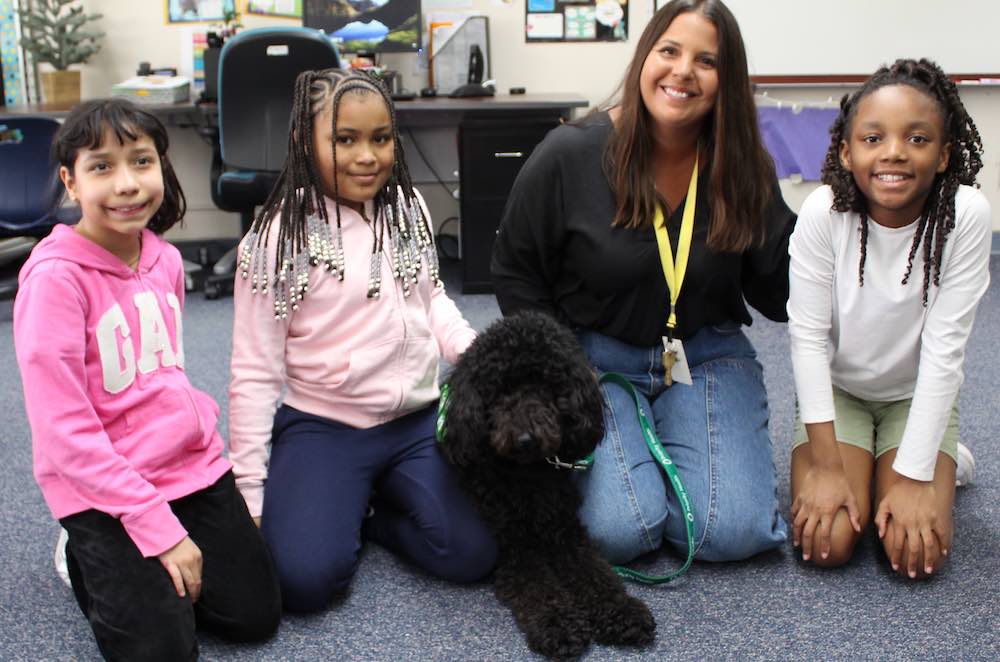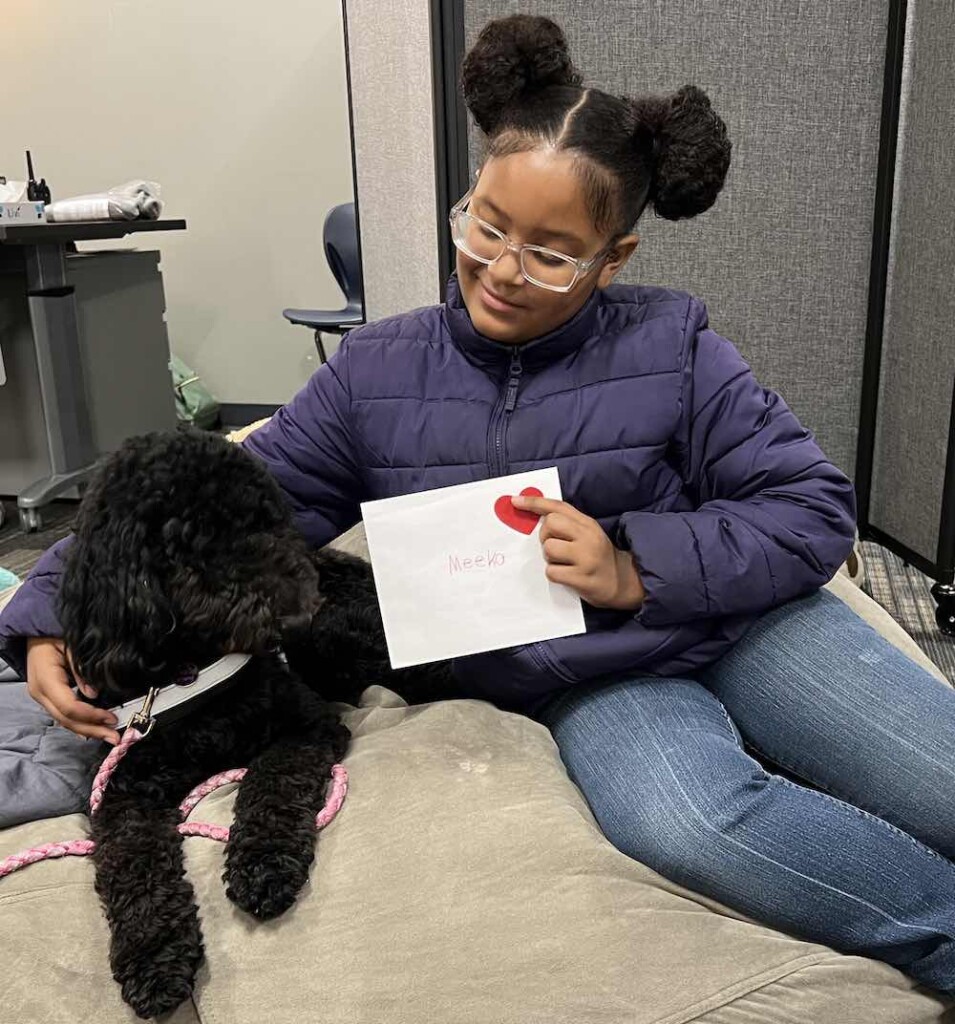 Priority Pups
Priority Pups

 Priority Pups
Priority Pups

If you’re browsing the supermarket fridge for reduced-fat milk, it’s easy to be confused by the many different types.
You can find options labelled skim, skimmed, skinny, no fat, extra light, lite, light, low fat, reduced fat, semi skim and HiLo (high calcium, low fat).
So what’s the difference between two of these common milks – skim milk and light milk? How are they made? And which one’s healthier?
Skim milk
In Australia and New Zealand, skim milk is defined as milk that contains no more than 1.5% milk fat and has at least 3% protein. On the nutrition information panel this looks like less than 1.5 grams of fat and at least 3g protein per 100 millilitres of milk.
But the fat content of skim milk can be as low as 0.1% or 0.1g per 100mL.
Light milk
Light milk is sometimes spelled “lite” but they’re essentially the same thing.
While light milk is not specifically defined in Australia and New Zealand, the term “light” is defined for food generally. If we apply the rules to milk, we can say light milk must contain no more than 2.4% fat (2.4g fat per 100mL).
In other words, light milk contains more fat than skim milk.
You can find the fat content by reading the “total fat per 100mL” on the label’s nutrition information panel.
The main nutritional difference between skim milk and light milk, apart from the fat content, is the energy content.
Skim milk provides about 150 kilojoules of energy per 100mL whereas light milk provides about 220kJ per 100mL.
Any milk sold as cow’s milk must contain at least 3% protein (3g protein per 100mL of milk). That includes skim or light milk. So there’s typically not much difference there.
Likewise, the calcium content doesn’t differ much between skim milk and light milk. It is typically about 114 milligrams to 120mg per 100mL.
You can check these and other details on the label’s nutrition information panel.
Skim milk and light milk are not made by watering down full-cream milk.
Instead, full-cream milk is spun at high speeds in a device called a centrifuge. This causes the fat to separate and be removed, leaving behind milk containing less fat.
Australian Dietary Guidelines recommend we drink mostly reduced-fat milk – that is, milk containing no more than 2.4g fat per 100mL. Skim milk and light milk are both included in that category.
The exception is for children under two years old, who are recommended full-cream milk to meet their growing needs.
The reason our current guidelines recommend reduced-fat milk is that, since the 1970s, reduced-fat milk has been thought to help with reducing body weight and reducing the risk of heart disease. That’s because of its lower content of saturated fat and energy (kilojoules/calories) than full cream milk.
However, more recent evidence has shown drinking full-cream milk is not associated with weight gain or health risks. In fact, eating or drinking dairy products of any type may help reduce the risk of obesity and other metabolic disorders (such as heart disease and type 2 diabetes), especially in children and adolescents.
The science in this area continues to evolve. So the debate around whether there are health benefits to choosing reduced-fat milk over full cream milk is ongoing.
Whether or not there any individual health benefits from choosing skim milk or light milk over full cream will vary depending on your current health status and broader dietary habits.
For personalised health and dietary advice, speak to a health professional.![]()
Margaret Murray, Senior Lecturer, Nutrition, Swinburne University of Technology
This article is republished from The Conversation under a Creative Commons license. Read the original article.